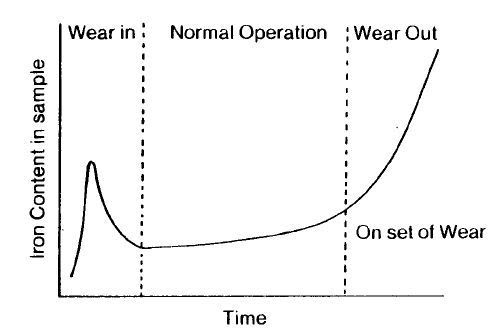Originally Posted By: Jim Allen
The paper says that dispersant additives often clash with antiwear additives like Mo and ZDDP and reduce their ability to form protective films.
Absolutely. I'm sure it's no coincidence that many pure racing oils have virtually no detergent/dispersant package but a very high anti-wear package. That's not to say they're appropriate for normal passenger vehicle use, but racers can make sacrifices where they see the benefit.
The paper says that dispersant additives often clash with antiwear additives like Mo and ZDDP and reduce their ability to form protective films.
Absolutely. I'm sure it's no coincidence that many pure racing oils have virtually no detergent/dispersant package but a very high anti-wear package. That's not to say they're appropriate for normal passenger vehicle use, but racers can make sacrifices where they see the benefit.




